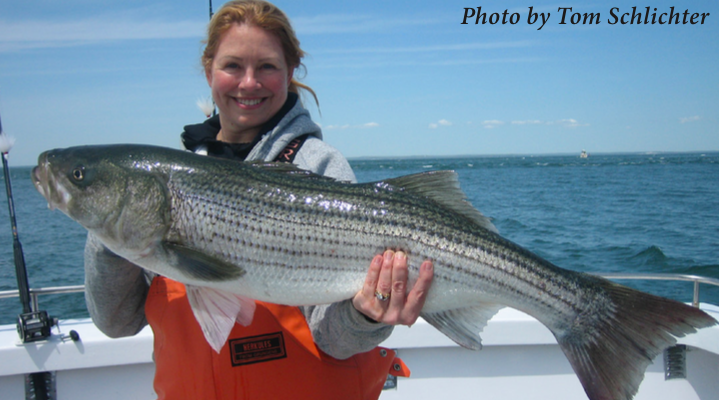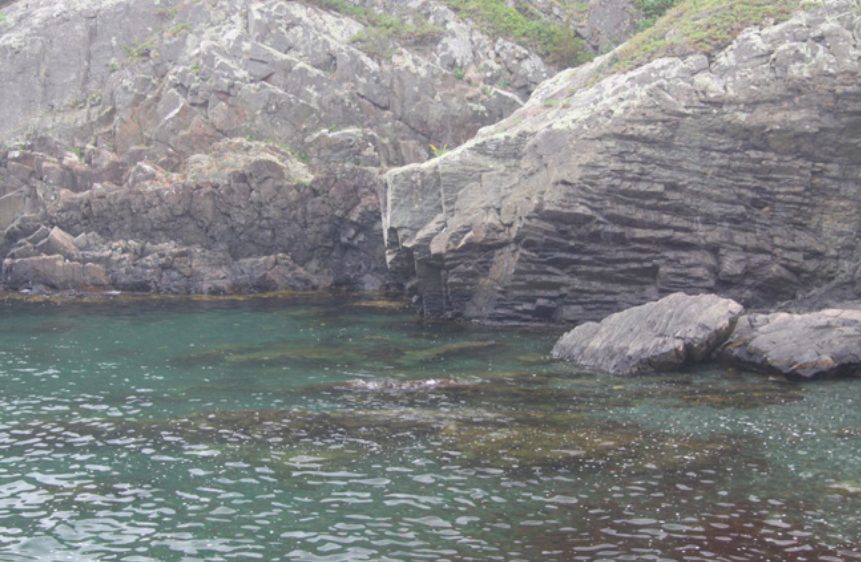Maryland’s Young of the Year Index Holds Hope For Striper Fans
For striper fans up and down the Atlantic coast, the past several years have seen catches sliding ever downhill when viewed as an overall trend. Although some areas continue to see decent scores and a few like the eastern portions of Long Island’s Great South Bay have actually reported significant upswings, it’s hard to deny anecdotal reports have charted a steady decline for several years.
As you might expect, the dip in catches has been most pronounced at the extremes of the striper’s range. Along the southern coast of Maine below Ogunquit, for example, knowledgeable bass fans five or six years ago expected to connect with a dozen or so fish on just about any trip. Today, two or three is more the average. In the core striper range between New Jersey and Cape Cod, scores haven’t slipped enough to incite panic quite yet, but they surely have those who remember the last time we saw this scenario in the mid-1980s feeling uneasy at best.
But not everything is gloom and doom on the striper front these days. For starters, it has been encouraging to see recreational anglers generally supportive of reductions in striper bag and size limits, and concern by the typical angler has come sooner rather than later this time around. Last August also saw promising numbers returned in Maryland’s Young-of-the- Year striper index as the juvenile linesiders tallied their eighth best showing in the past 30 years. In fact, the 2015 counts match up well with productive year classes from the late 1990s and early 2000s that gave rise to the super fishery now seemingly in decline.
Recorded in the headwaters of Chesapeake Bay, the
young-of-the-year index is an
important indicator of striper
stock viability because these
fish eventually migrate from
the bay to points both up and
down the coast in numbers
that dwarf local populations
contributed by the Hudson
River, Delaware River and
several smaller influxes.
Scientists hope that this productive spawn will build on the large 2011 year class now beginning to make its presence known as husky-shouldered schoolies. The 2015 survey, which reflects the success of the 2014 spawn, found an average of 24.2 juvenile fish per sample, approximately double the long-term average of 11.9.
“A strong year class down in Maryland certainly offers hope,” said Mark Drummond, a Maine charter skipper (fishlikemad@myfairpoint.com,) out of Kittery Point who also puts in time at Eldredge Brothers Fly Shop (eldredgeflyshop.com) in Cape Neddick. “Still, I haven’t seen much of that 2011 year class around here just yet so I wouldn’t call it a guarantee. Let’s just say it’s definitely a good sign.”
I’ve fished with Drummond and can attest he’s a knowledgeable, top-notch striper guide. On a trip last year, we had to hit about a dozen spots before finding the bass but when we did they were hiding deep within a cove in a foot of water. It was a spot few captains would have braved given the receding tide.
“We’ll stop here and let that ebbing water bring the fish to us,” said the long wand expert when he could poll the boat no further. “They’ll slide past us in a little bit.”
Five minutes later we were surrounded by linesiders, their backs breaking the surface as we hauled at them with Clouser Minnows. It was some of the most exciting fishing I saw all summer.
“I manage to put together a decent catch most days,” revealed Drummond on our way back t the dock that morning, “but having fewer fish around certainly makes it hard for weekend warriors to score consistently. You have to claw and scratch for bass now. It’s easier to pin them down if you are on the water every other day.”
By contrast, John Mantione, spokesperson for the New York Fishing Tackle Trade Association, has a really good feeling about the latest young-of-the- year numbers.
“The most recent index is phenomenal!” he said. “We believed all along that the stripers would produce a big year class if given time and favorable spawning conditions. It’s a pattern we’ve seen before. We currently have strong conservation measures in place already, so that should help conserve this class as well as the large 2011 class moving forward. Will we see a boom in striper catches a few years down the line? I certainly think so.”
Of course, there are additional hurdles in the way of rebounding striper stocks. Some anglers wonder if baitfish stocks are stable enough to withstand the onslaught of the stripers with fluke stocks also on the rise, tons of sea bass and porgy invading our coasts, plus ravenous blues forever tearing into everything from bunker to silversides.
Then there is the striper disease mycobacteriosis which kills a large number of small bass in Chesapeake Bay and beyond long before they reach spawning age. Add in climate change, loss of habitat and all the other man-made and environmental factors which stripers both young and old must overcome and the future remains uncertain. No doubt, another solid young-of-the- year count in the near future would be a great help.
“Am I sure bass fishing will improve over the next few years?” asked Drummond before answering his own question.
“The answer is ‘No’ – but I am forever optimistic. After all, I am a fisherman.”











